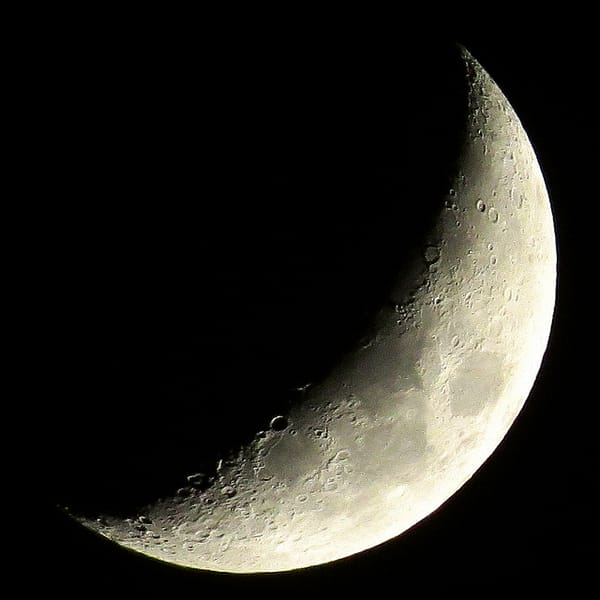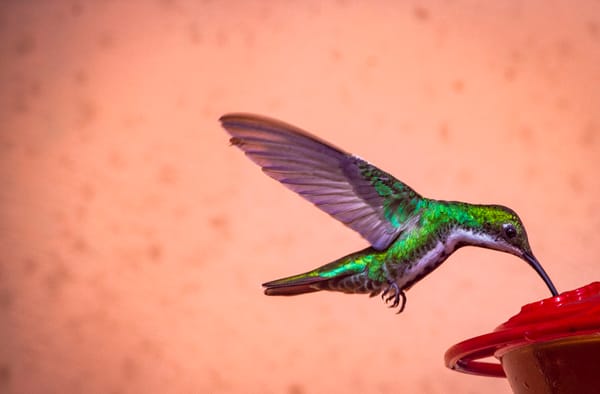High off life
Another one of Mr. Aran Shaunak’s Little Bites of Science

T ake your dealer off of speed dial. It turns out that human saliva contains a compound – called opiorphin – which is six times more powerful than morphine.
This compound is not itself an opiod, so it doesn’t act in exactly the same way as morphine. However, it chemically inhibits a number of enzymes in the body which are responsible for the breakdown of enkephalins. Enkephalins are compounds very similar to morphine which are released as part of the body’s natural response to pain and block the transmission of pain signals to the brain. Thus, a build up these compounds, driven by the action of opiorphin, has a similar effect to that of morphine.
General consensus is that opiorphin is unlikely to be important in blocking pain in normal life, since pain is an essential danger signal for the body. But that doesn’t stop us using it at higher concentrations as a new pain management therapy, or as an excuse to pull five times in one night.








